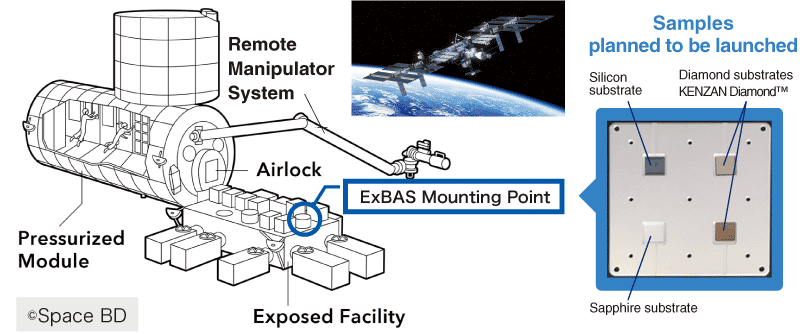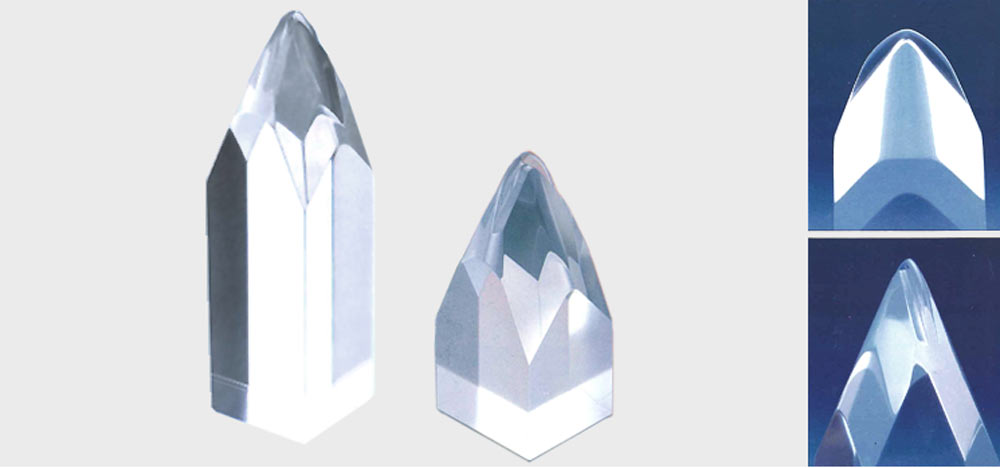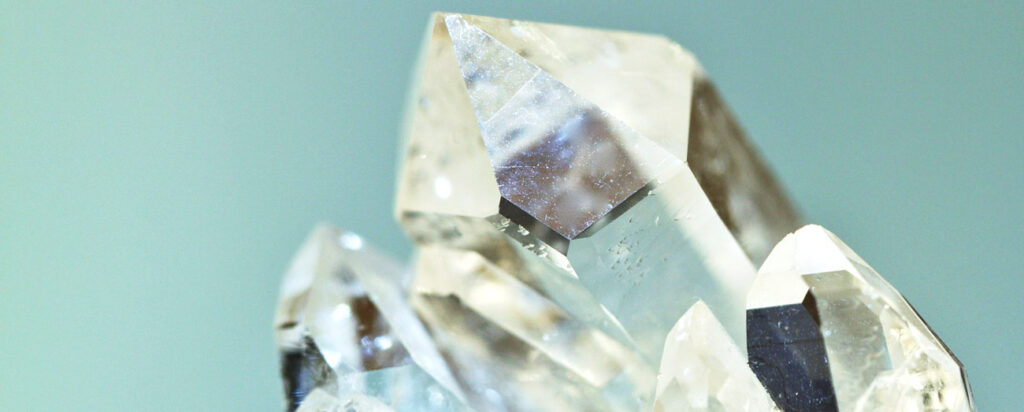What are Diamonds?: Synthesis of Diamonds

In the previous article “What Are Diamonds?” we examined the chemical structure of diamonds and where they are commonly mined. In this article, we will introduce various technologies that are used to create diamonds synthetically.
Table of contents [close]
Synthesis of Diamonds
There are two different technologies for producing diamonds synthetically:
A) High-temperature, high-pressure process (HTHP process), which mimics the conditions of the Earth’s crust that produce natural diamonds.
B) The chemical reaction of gases that contain carbon atoms in a plasma state.
(A) High-temperature, high-pressure method

The raw materials and “seed diamonds” are packed into a capsule which is then heated and pressurized. The diamonds slowly form on the seed diamonds. Although the crystalline quality of the diamond produced is good, the equipment required to reach the pressure and temperature is massive. In contrast, the size of the diamond that can be produced is limited.
(B) Chemical vapour deposition (CVD) method
CVD is a technology that uses methane (a gas that contains carbon atoms) and hydrogen gas to produce diamonds. Methane and hydrogen are dissociated in a high-temperature plasma. Carbon atoms from the methane recombine to form diamonds, while the hydrogen atoms etched unexpected graphite that also forms in the process. The final result is high-quality diamonds. In addition, the system is less complex than that required for the HTHP processes. A large number of diamonds can be produced at once, or large diamonds can be made. The quality or purity of the gas can be controlled to modify the quality of the diamonds produced. Alternatively, impurities can be intentionally introduced into the gas mixture to create diamonds with desired properties. For these reasons, this has become the standard method for producing high-quality diamonds: the Microwave plasma CVD method and the Hot filament CVD methods. The properties of each are described below.
(B)-1Microwave plasma CVD

Microwaves are generated in the reaction chamber to create plasma. The plasma dissociates the gaseous raw materials, and diamonds are formed on the substrate. The crystal quality and purity are easily controlled, and high quality, high purity diamonds can be produced. The figure shows a 2.45 GHz microwave. However, to make diamonds with large surface areas, 915 MHz microwaves must be used. However, the Radio Act of Japan prohibits the use of 915 MHz microwaves.
(B)-2 Hot filament CVD Method

A filament is electrically energized and allowed to reach very high temperatures. The thermo (what is thermo electron?) electrons generated dissociate the gaseous raw materials to produce diamonds. A large number of diamonds can be produced by lining up many filaments together in one chamber. Today, this method is commonly used for diamond coating of tools. Many objects can be placed under the filaments, and they can be processed all at once.
The Earth produced natural diamonds over many millennia. Modern technology has allowed us to create diamonds at will. Diamonds of all different shapes and properties are already playing essential roles in our lives.
The following article will describe how diamonds are essential materials for further developing technology while maintaining a sustainable society in the future.
Description of terms
※Plasma: An activated state of gaseous molecules that have ionized and separated into positive ions and free electrons.








